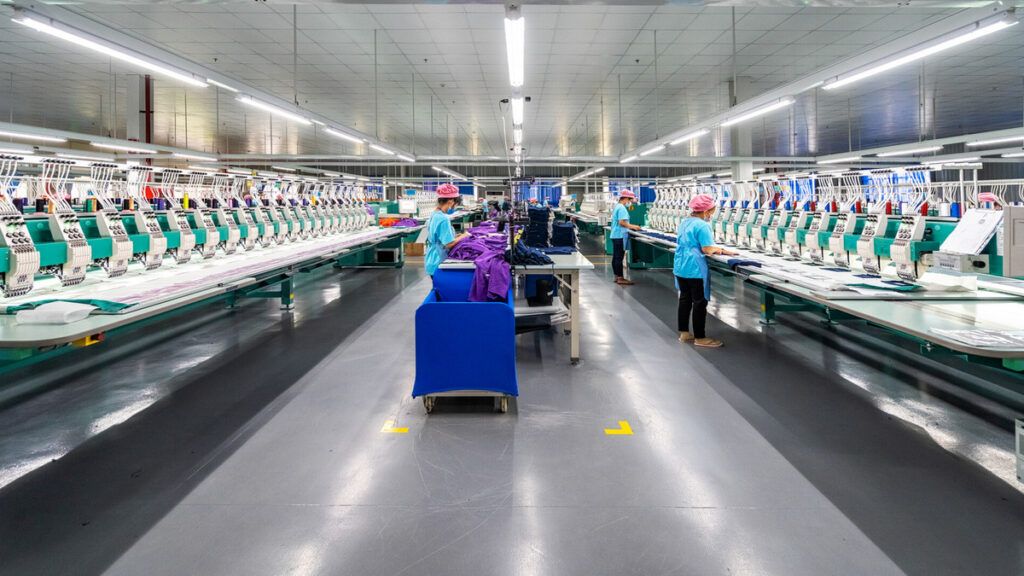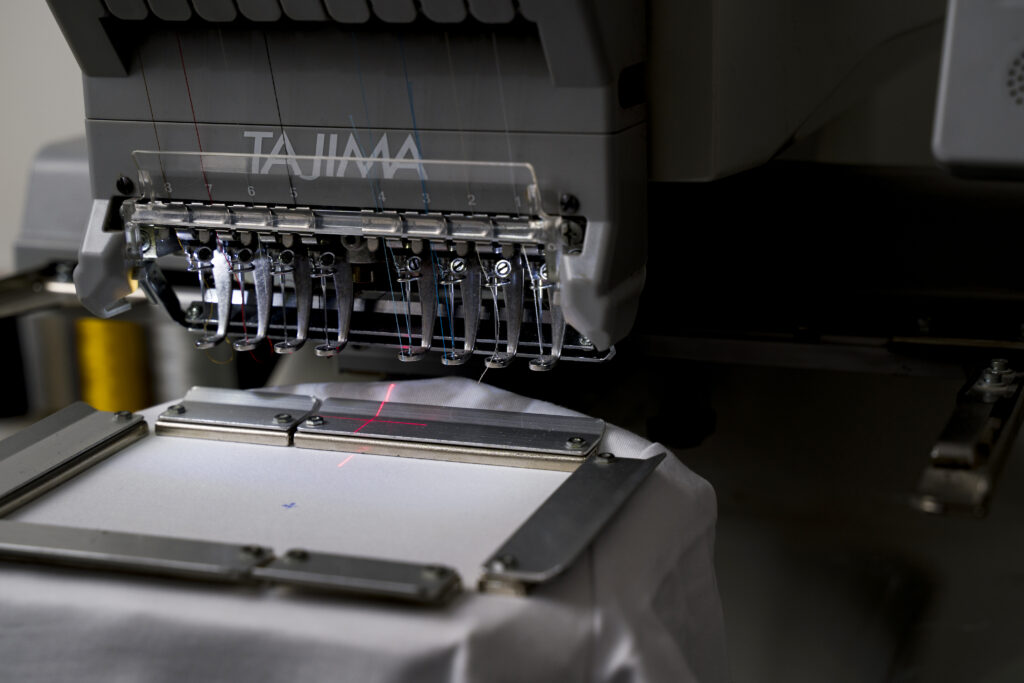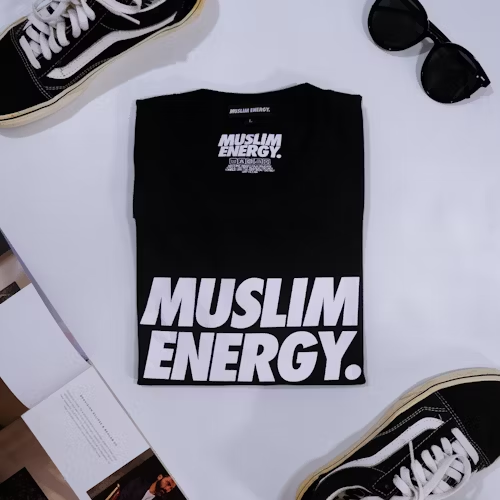As we step into 2025, the clothing manufacturing industry is evolving faster than ever. Buyers demand sustainability, consumers crave customization, and technology reshapes the way we produce garments. For businesses, staying ahead means embracing these changes to thrive in a competitive market.
What Defines 2025 in Clothing Manufacturing?

In 2025, the clothing manufacturing industry is defined by sustainable practices, AI-driven automation, smart textiles, and on-demand production models. These trends meet the needs of eco-conscious consumers and forward-thinking businesses, positioning manufacturers for long-term success.
Key Trends in 2025 Clothing Manufacturing
1. Sustainable and Eco-Friendly Practices
Sustainability is no longer optional. Manufacturers are shifting to circular economy models and eco-friendly materials to meet rising consumer expectations for responsible production.
- Eco-Friendly Fabrics: Popular choices include organic cotton, bamboo, and recycled polyester.
- Processes: Low-impact dyes, water-efficient techniques, and renewable energy in factories are becoming the norm.

2. AI and Automation in Manufacturing
Automation is streamlining production, enhancing efficiency, and minimizing waste. Artificial intelligence powers demand forecasting, automated cutting, and quality control.

- Efficiency Gains: Robots handle repetitive tasks, reducing errors.
- Predictive Analytics: Tools analyze market trends to optimize inventory management.
3. Smart Textiles and Wearable Technology
Fabrics are getting smarter with built-in tech for comfort, functionality, and innovation.
- Temperature-Regulating Fibers: Ideal for activewear and outdoor gear.
- Embedded Sensors: Used in healthcare and sportswear for tracking vital signs.
4. Custom and On-Demand Manufacturing
On-demand models minimize overproduction and allow businesses to cater to unique customer preferences.
- Personalization at Scale: Small batch orders tailored to individual specifications.
- Speed-to-Market: Faster production cycles keep inventory lean and responsive.
5. Circular Economy in Apparel
Recycling and upcycling processes close the loop in fashion production. Manufacturers reuse materials and create fully recyclable garments.
- Example: Some brands now offer take-back programs for old clothing to repurpose fibers.
Summary Table: 2025 Trends at a Glance

Conclusion
The future of clothing manufacturing lies in adaptability, sustainability, and technological innovation. Businesses that embrace these trends can stand out and meet the evolving demands of procurement professionals and retailers.
At Cekno, we specialize in delivering custom apparel solutions aligned with these trends. Explore how we can help your business succeed in 2025 and beyond.








